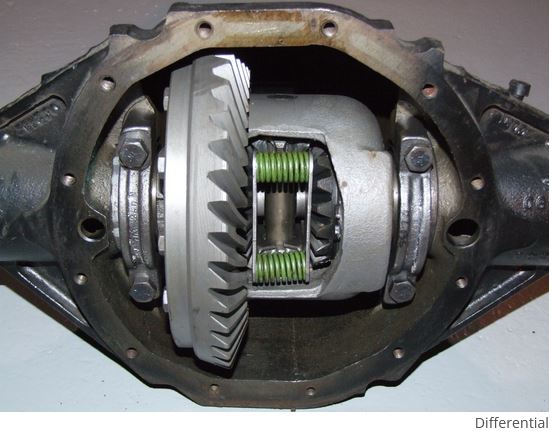Common Fixes for the Shuddering Transmission We get a lot saying our ATF solves the problem after trying about everything else! Here are a few common reasons why your transmission may shift erratically, jerk or hesitate. Low fluid level Depleted fluid frictional properties Poor cold-temperature fluidity Start with the easiest fix There’s an old […]
You are browsing archives for
Tag: change
How Often Should I Change Differential F...
How Often Should I Change Differential Fluid? Fluid change intervals depend on your vehicle, driving conditions and gear oil quality. _by David Paiuilldorf | july 26, 2023 A differential is a set of gears that allows a vehicle’s driven wheels to revolve at different speeds when going around corners or over rough terrain. Those gears […]

